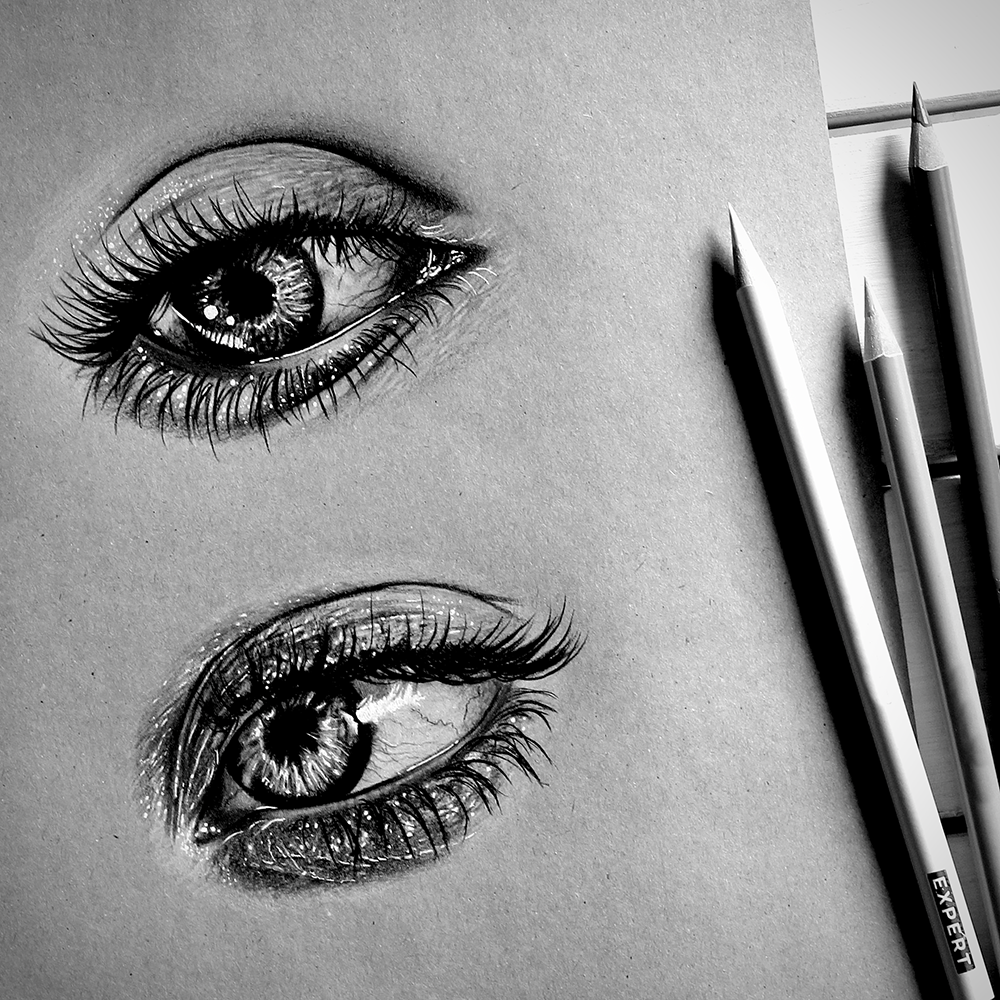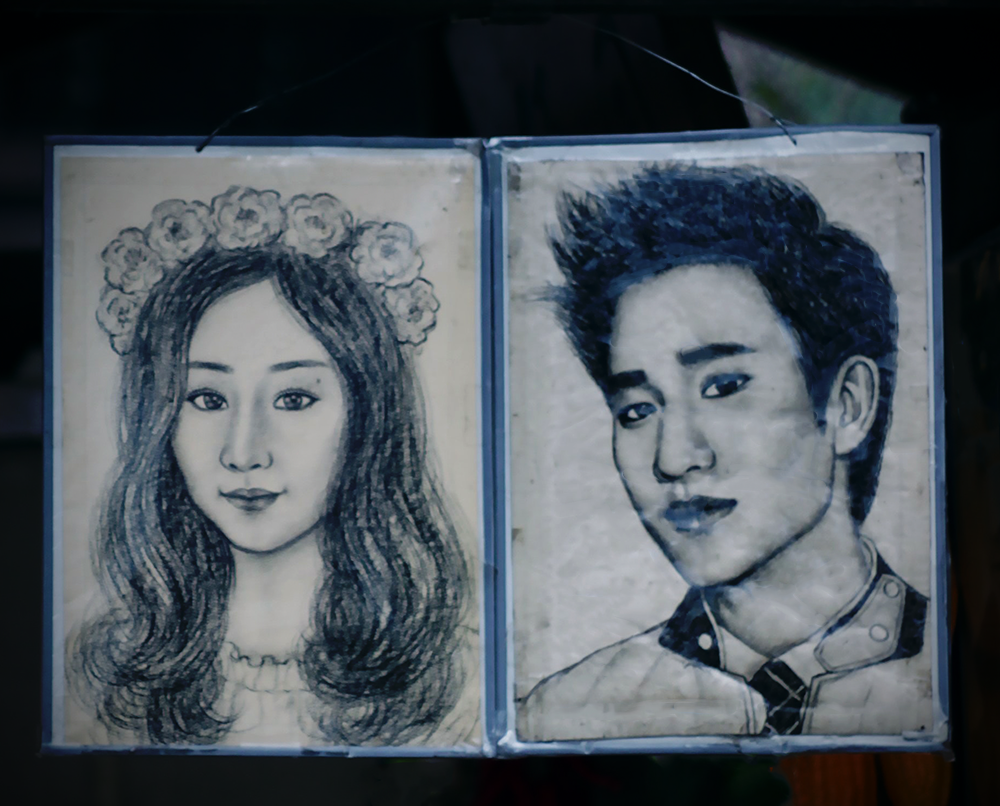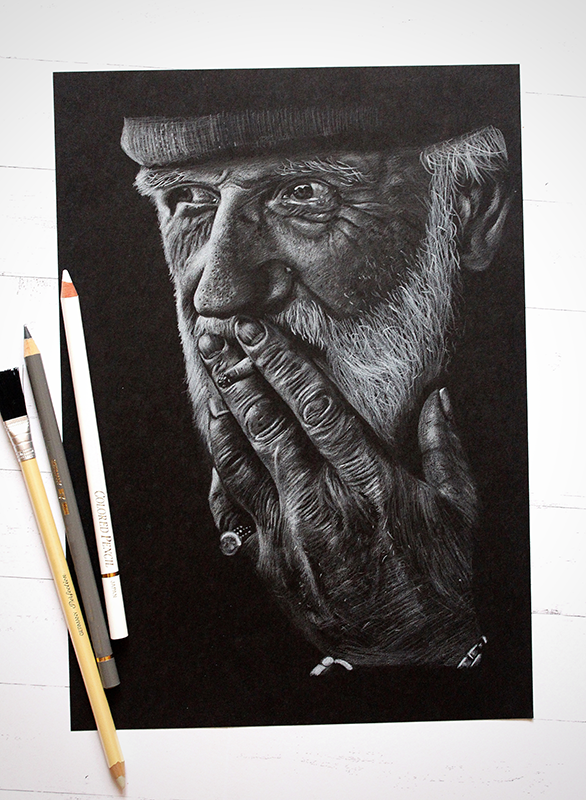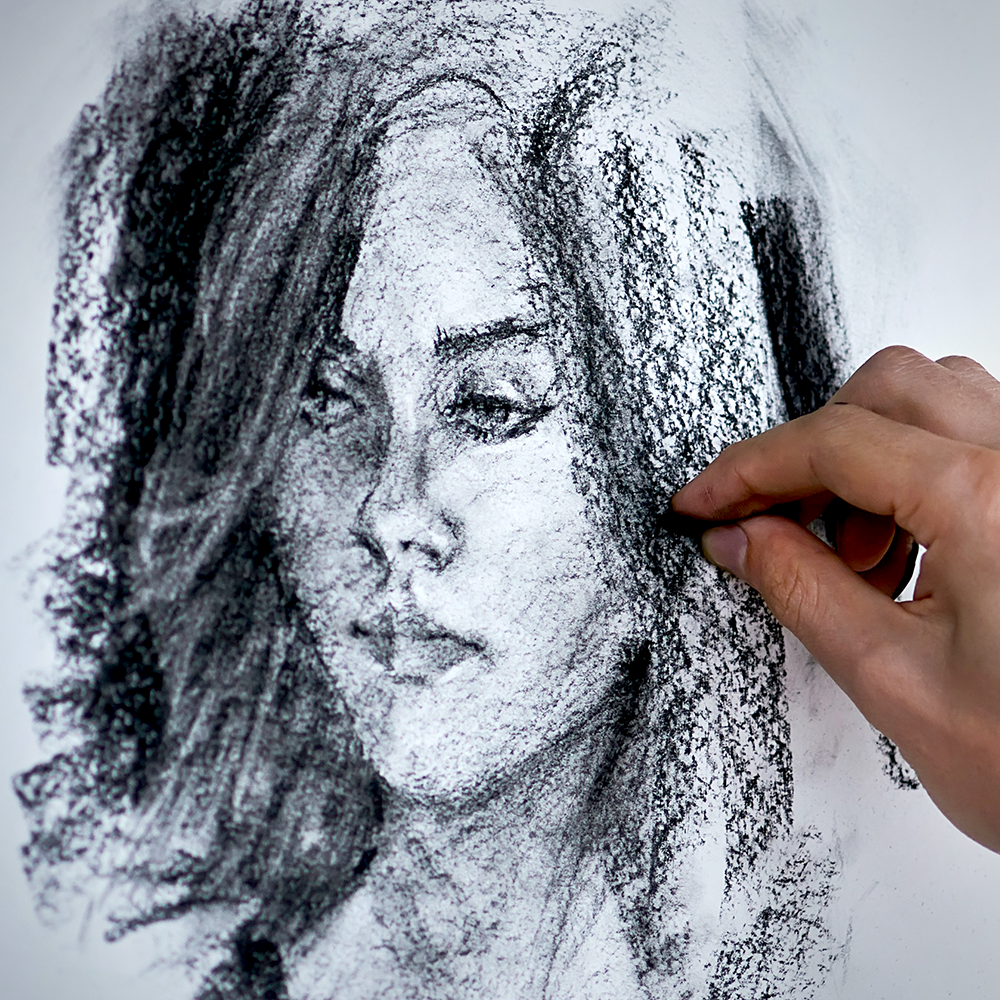For many artists, charcoal is one of the first mediums they learn to work with.
Charcoal is a versatile and forgiving medium, making it ideal for beginners.
However, even experienced artists can still find new ways to experiment with charcoal.
In this blog post, we'll cover the basics of drawing with charcoal so that you can get started on your next charcoal drawing masterpiece.
Grab your supplies, and let's get started!



Different Types of Charcoal
One of the first things you need to know about charcoal is that there are different types available, each with its own unique properties.
The three most common types of charcoal are willow, compressed, and vine.
Willow charcoal is made from burning willow wood in an oxygen-free environment.
This type of charcoal produces a light mark and is easy to smudge.
Willow charcoal is ideal for sketching and shading large areas.
Compressed charcoal is made by pressing charred organic matter, such as wood or nut shells, into a solid block.
Compressed charcoal produces a dark mark and is perfect for creating dramatic effects.
This type of charcoal can be difficult to erase, so it's important to use a light touch when working with it.
Vine charcoal is made from burning grapevines in an oxygen-free environment.
Vine charcoal produces a medium-dark mark and can be easily erased.
Vine charcoal is ideal for detailed work and line drawings.
You can also find charcoal pencils and sticks that are made from a mixture of charcoal and clay.
These pencils offer more control than traditional charcoal, making them ideal for detailed work.
They come in a variety of types, including hard, medium, and soft charcoal pencil.
Plus, there you can also find a set with a white charcoal pencil, which is great for highlights
The charcoal and clay sticks are known as conté (or conté sticks and conté crayons), and they offer a bit of color variety as well.
Having a variety of charcoal supplies in your art kit will allow you to draw thick and thin lines with ease!


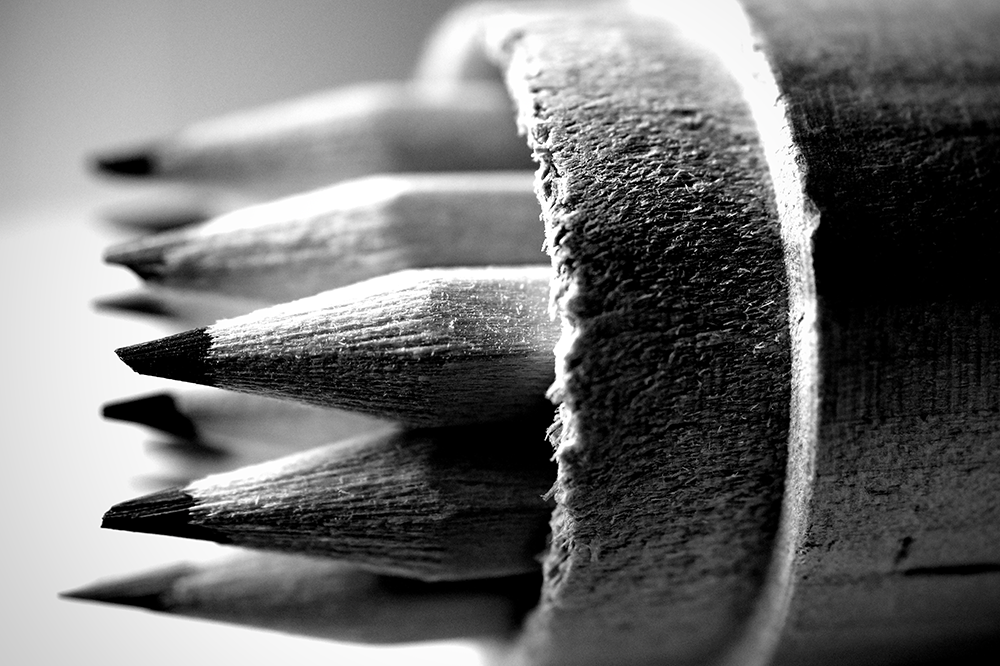
The Right Paper
Now that you know about the different types of charcoal, you need to choose the right paper to work on.
When selecting a charcoal paper for drawing, look for a heavyweight paper that has a smooth surface.
This type of paper will prevent your charcoal from snagging and will make blending easier.
Pastel and watercolor paper both work well for charcoal drawings.
If you're just starting out, we recommend using fine toothed paper when creating charcoal drawings.
The texture of the paper will help grip the charcoal and prevent it from slipping.
Using recycled paper can cause your drawing to appear fuzzy, so it's generally best to avoid using them, unless that's the look you're going for.
If you're just starting out, we recommend working with a sketchbook that has at least 100 pages.
This will give you plenty of space to experiment without having to worry about running out of paper.
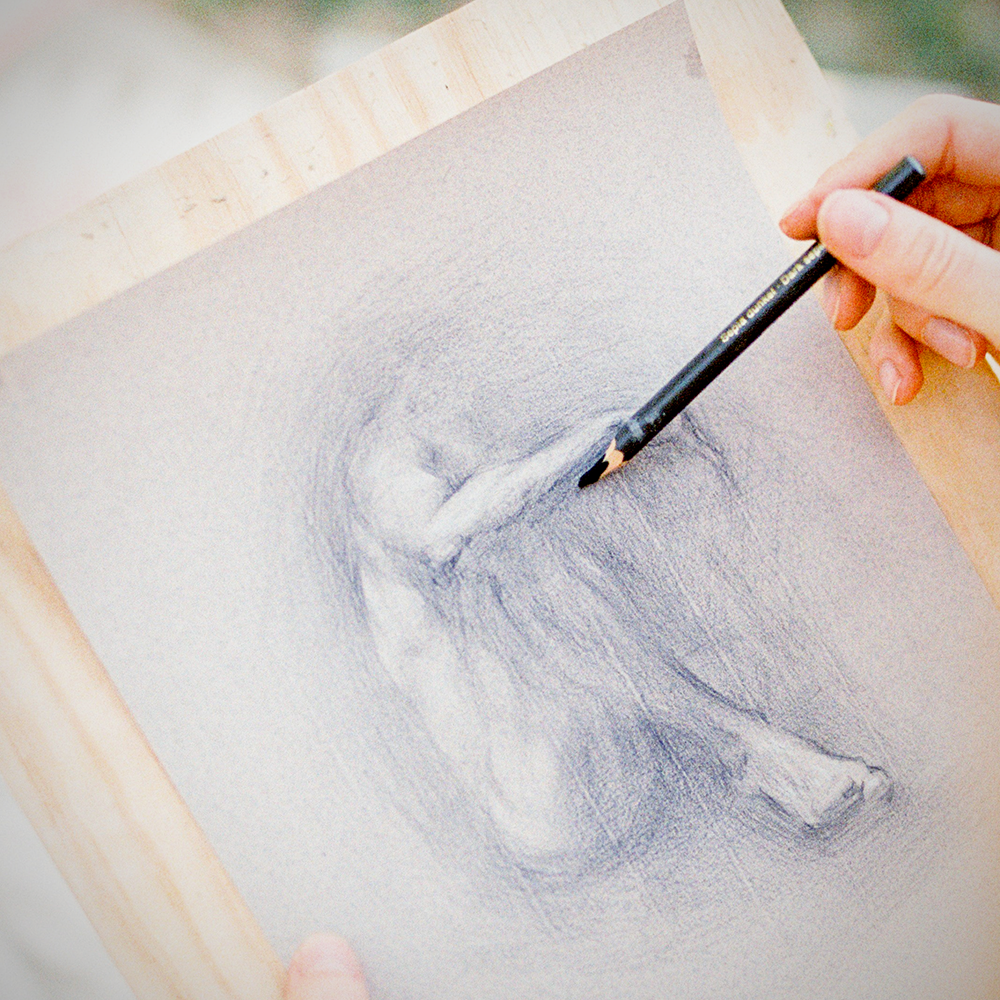
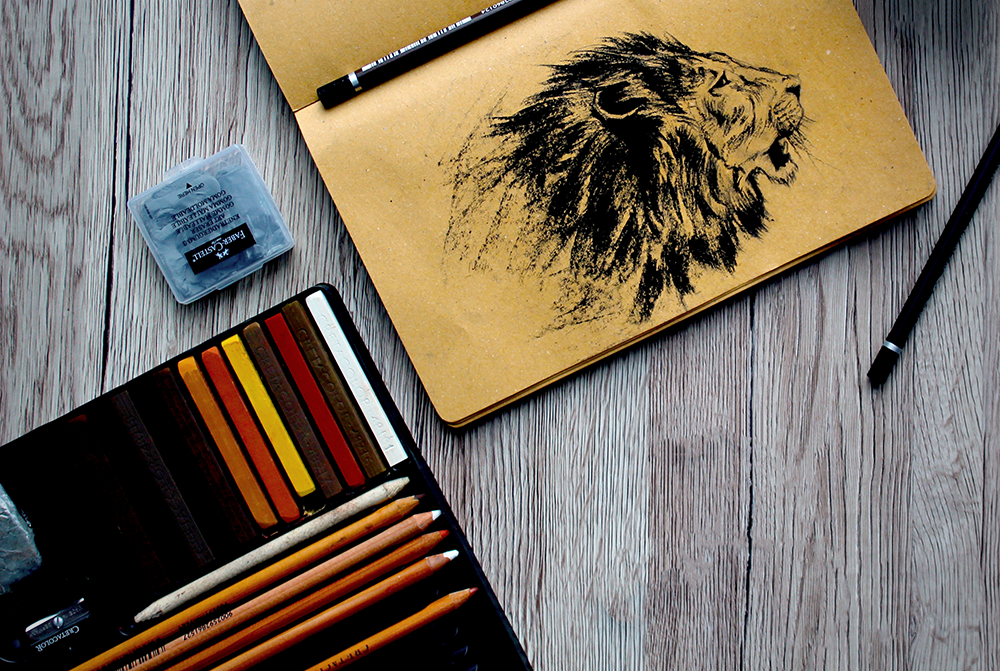
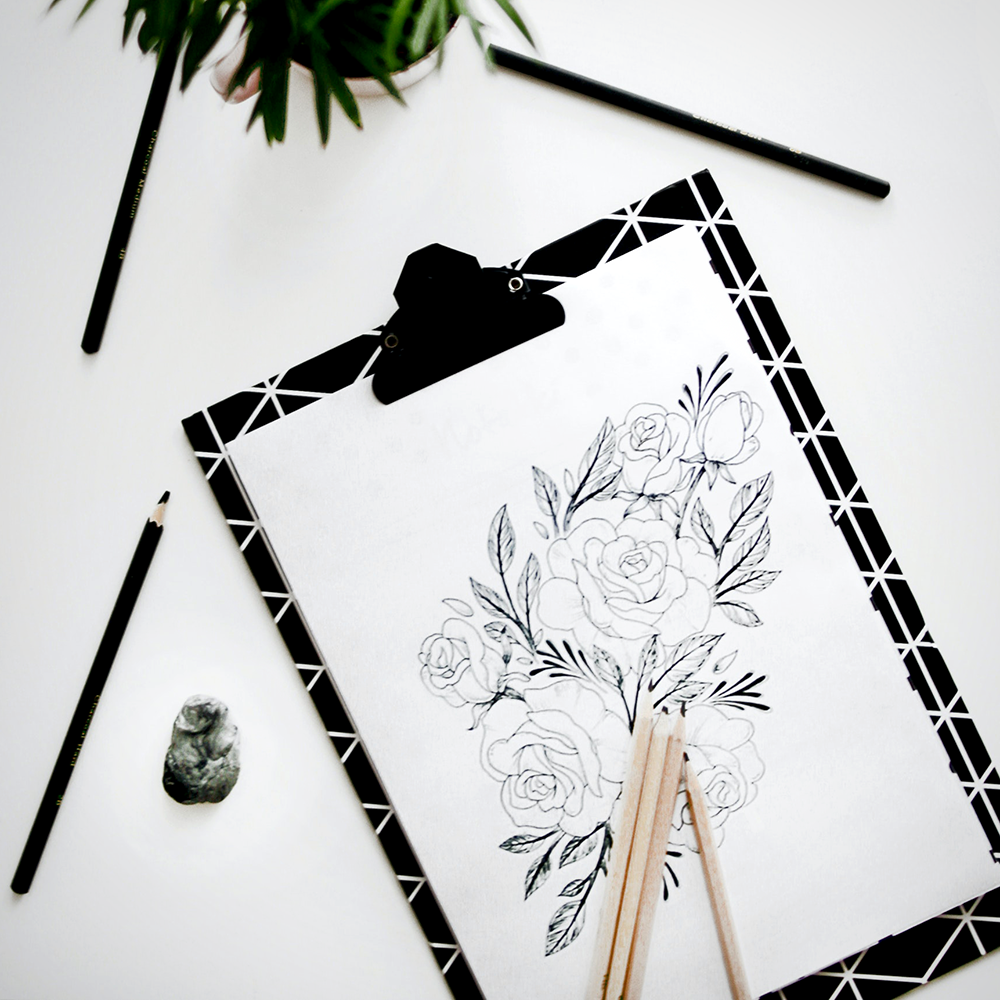
Charcoal Drawing Techniques
Once you have all the supplies you need, it's time to start drawing!
Here are some basic techniques to help you get started:
- Hatching:
This technique involves drawing parallel lines close together to create shading.
Hatching works best when done with a light touch and thin lines.
- Crosshatching:
This technique involves drawing intersecting lines to create shading.
Crosshatching can produce both light and dark shading depending on how close together the lines are drawn.
- Blending:
This technique involves using your fingers, paper towel, or a blending stump to smooth out harsh lines and create gradients.
Blending is perfect for creating soft edges and shadows.

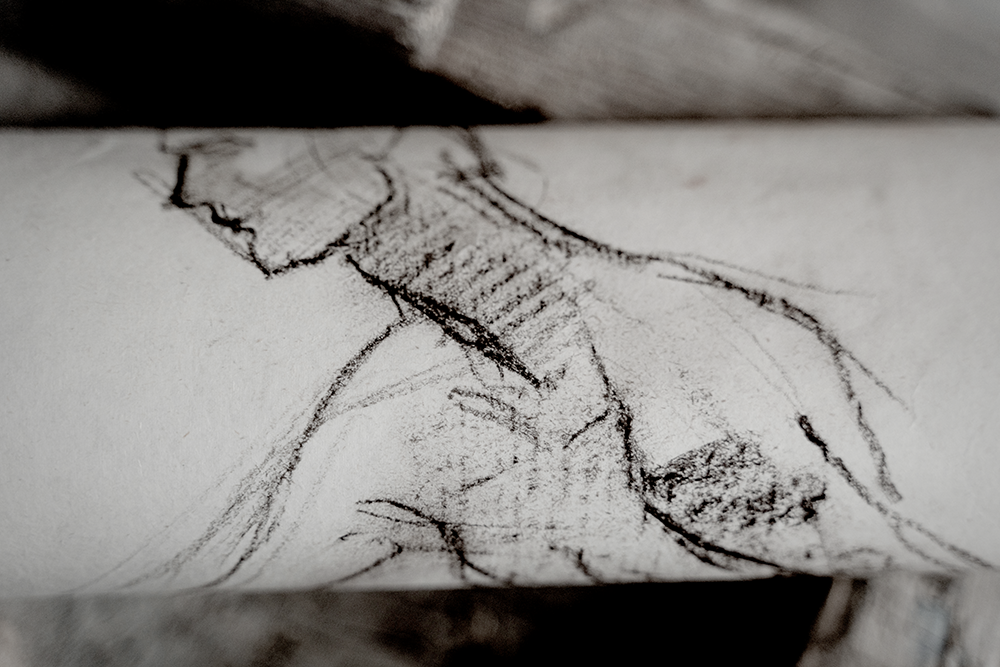

Getting Started Drawing
Now that you have your supplies and some basic techniques, it's time to start drawing!
The first step is to create charcoal sketches, laying out your composition with a light touch.
You can use any type of charcoal for this step, but we recommend using vine charcoal or a charcoal pencil.
Once you're happy with your sketch, it's time to start adding value.
Value is the lightness or darkness of a color.
To create value, you will need to use a variety of charcoal types and tones.
The three tones you will need to create are light, medium, and dark.
You can create lighter values by using less pressure or by erasing some of the charcoal.
A kneaded eraser is a great tool to have when you want to create easy charcoal drawings!
To create darker values, you will need to use a heavier hand or add more layers of black charcoal.
Once you have your values in place, you can start adding details to your drawing.
If you need some inspiration, you can find many different charcoal drawing ideas online.
Experiment and don't be afraid to explore your creative charcoal drawing ideas!
Remember to take your time and enjoy the creation process!
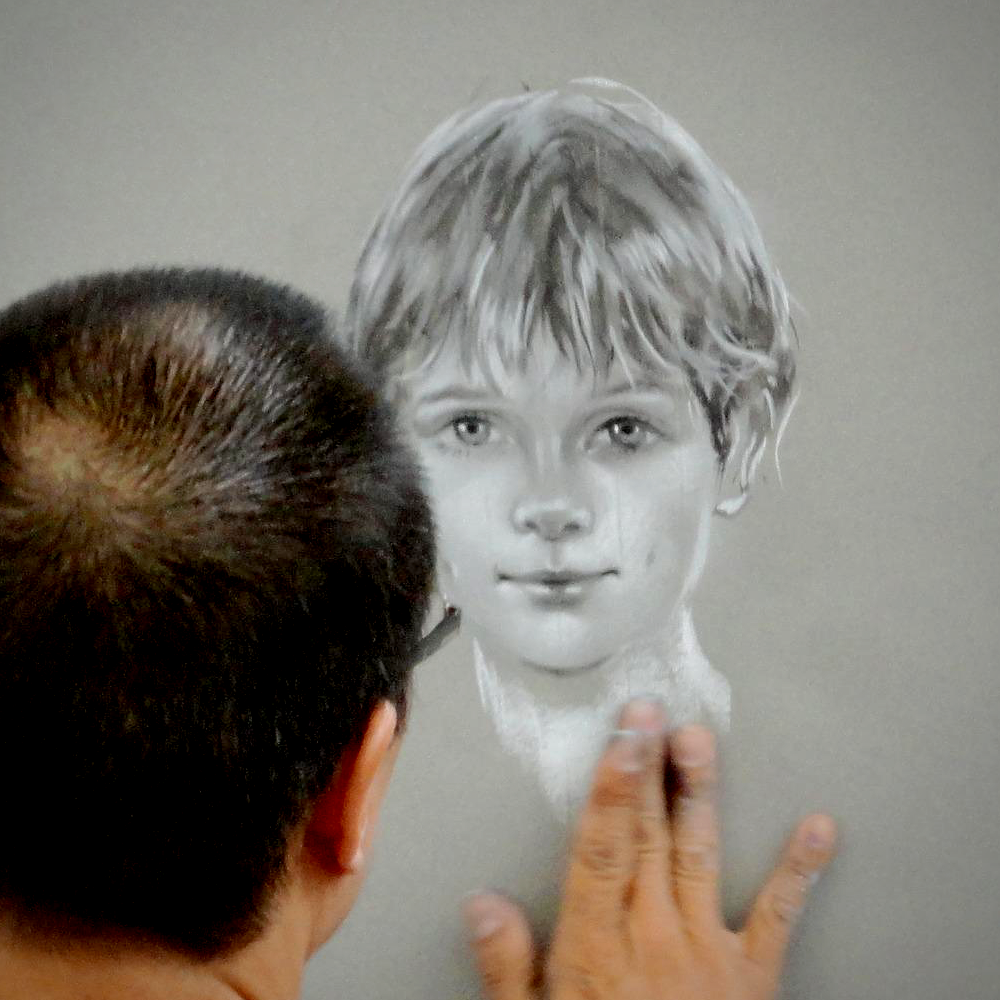

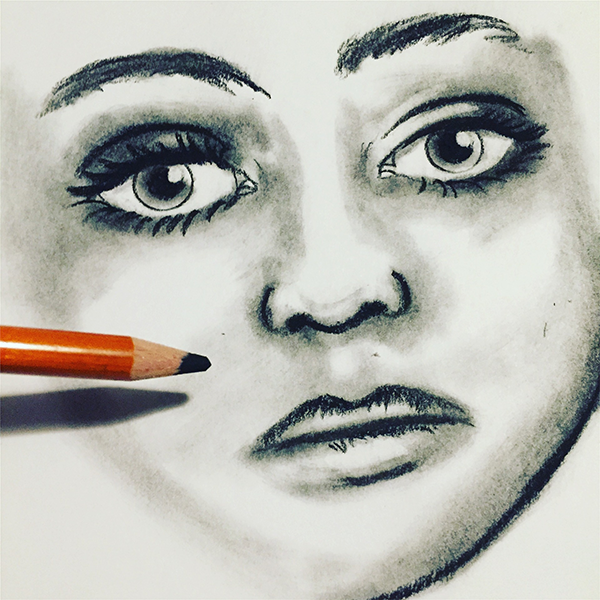
Drawing with Charcoal
Charcoal is a versatile medium, and it can be used to create both simple sketches and complex charcoal drawings.
By understanding the different types of charcoal available and choosing the right paper and drawing techniques, you'll be well on your way to creating beautiful works of art.
It's a lot of fun to draw with charcoal, so see what you can create!
Experiment with different techniques until you find the ones that work best for you—and don't forget to have fun!

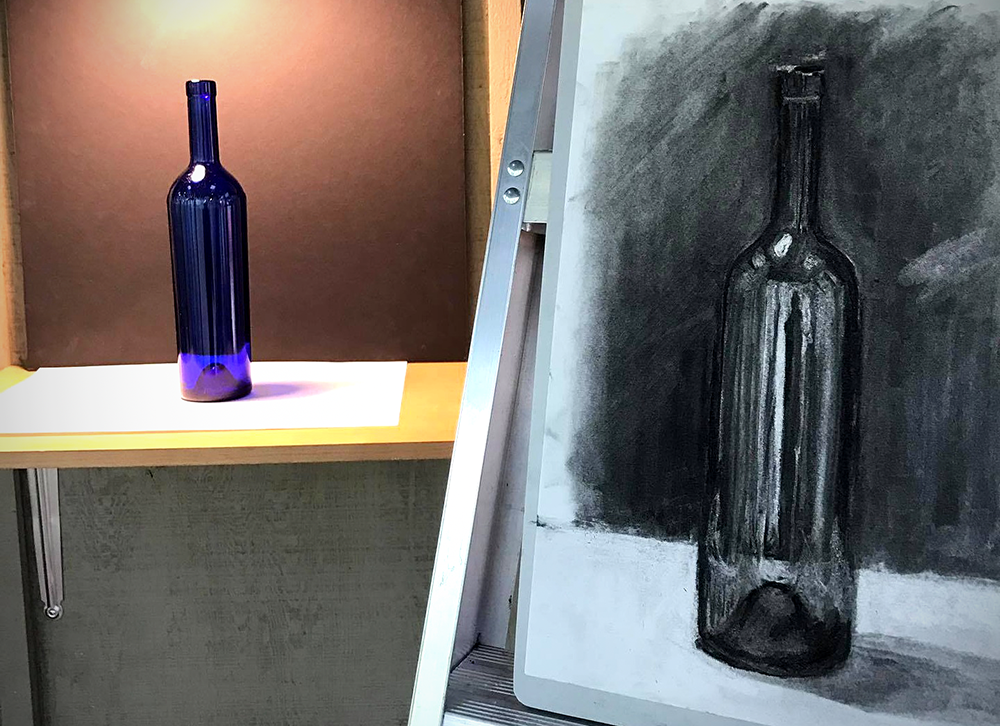
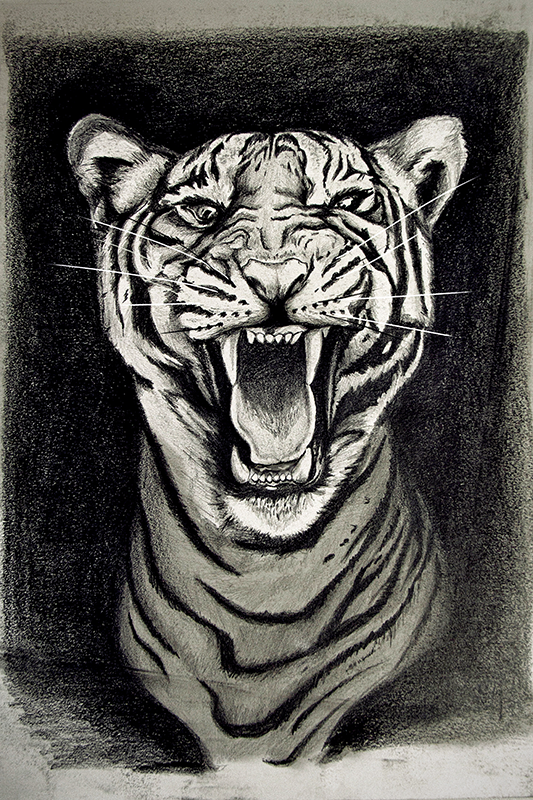
Want to learn more about how to draw with charcoal? Check out Kirsty Partridge Art's video!
Love drawing?
You'll want to check out some of our other articles:
